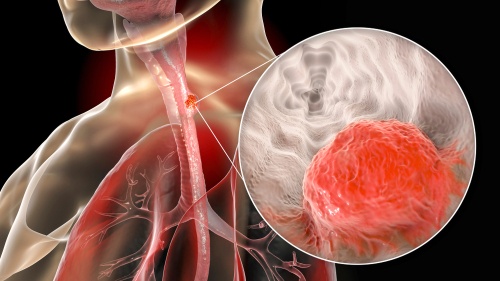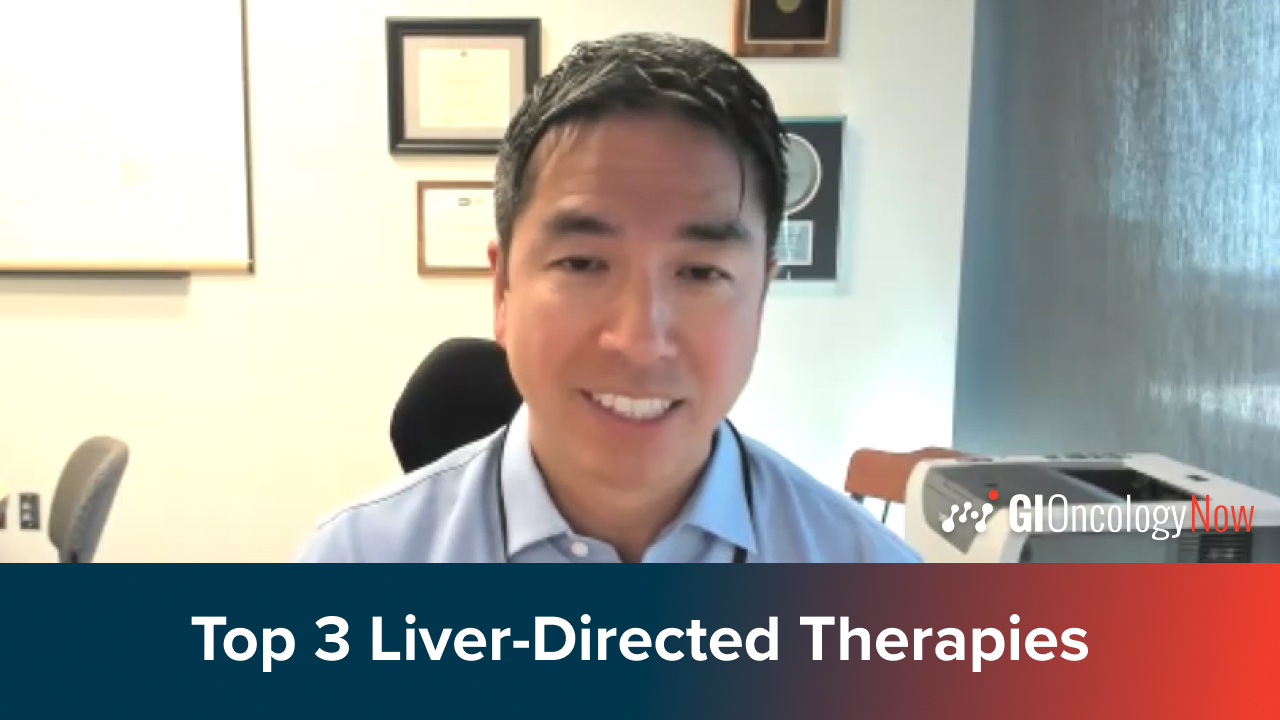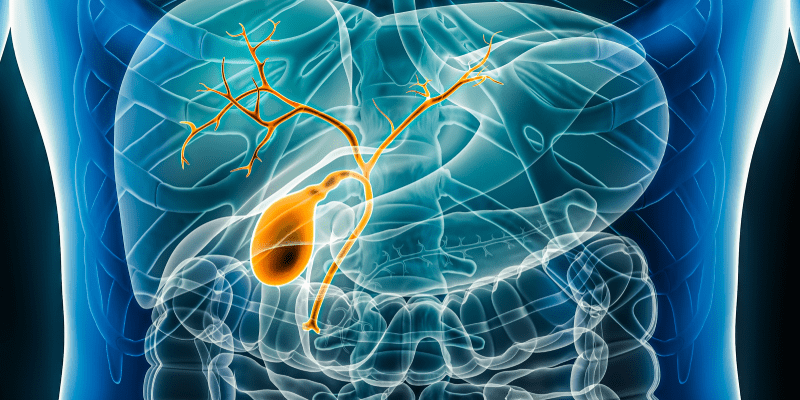
Patients with Barret’s esophagus (BE) have a higher risk of developing esophageal adenocarcinoma (EAC), leading to increased surveillance. Lesion detection is commonly carried out using high-definition white light endoscopy (HD-WLE) and narrow-band imaging (NBI), but these procedures often have high miss rates.
Previous studies have shown that quantitative fluorescence molecular endoscopy (qFME) in combination with topically administered fluorescent tracers provides a beneficial potential for lesion detection in BE.
At the 2024 Society of Nuclear Medicine and Molecular Imaging Annual Meeting, Ymke van Ginkel presented results of an ongoing clinical study examining a treatment comprised of oral bevacizumab-800CW, targeting vascular endothelial growth factor A (VEGFA), and cetuximab-800CW, targeting epidermal growth factor receptor (EGFR), to improve lesion detection and the clinical implementation of qFME.
The study will analyze a total of 25 patients with BE who will be scheduled to undergo a diagnostic and/or therapeutic endoscopy. The first 5 to 10 patients will receive 4.5 mg and/or 9 mg of oral bevacizumab-800CW before qFME. Afterwards, 5 patients will receive 4.5 mg of oral cetuximab-800CW before diagnostic endoscopy. Before therapeutic endoscopy, patients will receive a dose of 9 mg. The tracer is ingested 10 minutes before qFME.
The qFME consists of in vivo fluorescence signal visualization and quantification by multi-diameter single fiber reflectance/single fiber fluorescence (MDSFR/SFF) spectroscopy measurements on the mucosa. Biopsies are also collected from non-dysplastic Barrett tissue and (suspected) dysplastic tissue, and an ex vivo analysis will be performed.
So far, 9 patients have received 4.5 mg and/or 9 mg bevacizumab-800CW, and 2 patients received 4.5 mg cetuximab-800CW, which have both been well-tolerated by patients. A higher fluorescence signal was seen in all visible lesion in vivo. All endoscopically visible lesions (n=13) were detected by qFME with bevacizumab-800CW and cetuximab-800CW, and were confirmed to be dysplastic.
Preliminary results have shown that qFME with oral administration of bevacizumab-800CW and cetuximab-800CW is feasible, and can shorten procedure time while remaining adequate in lesion detection. The cetuximab-800CW cohort will be extended to 5 patients.







 © 2025 Mashup Media, LLC, a Formedics Property. All Rights Reserved.
© 2025 Mashup Media, LLC, a Formedics Property. All Rights Reserved.